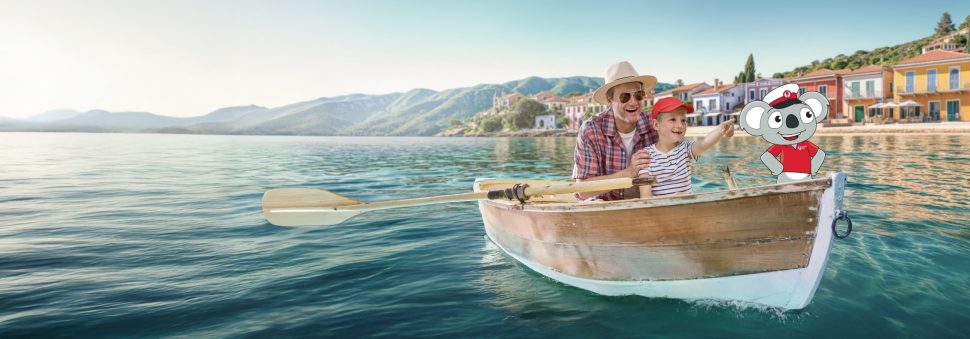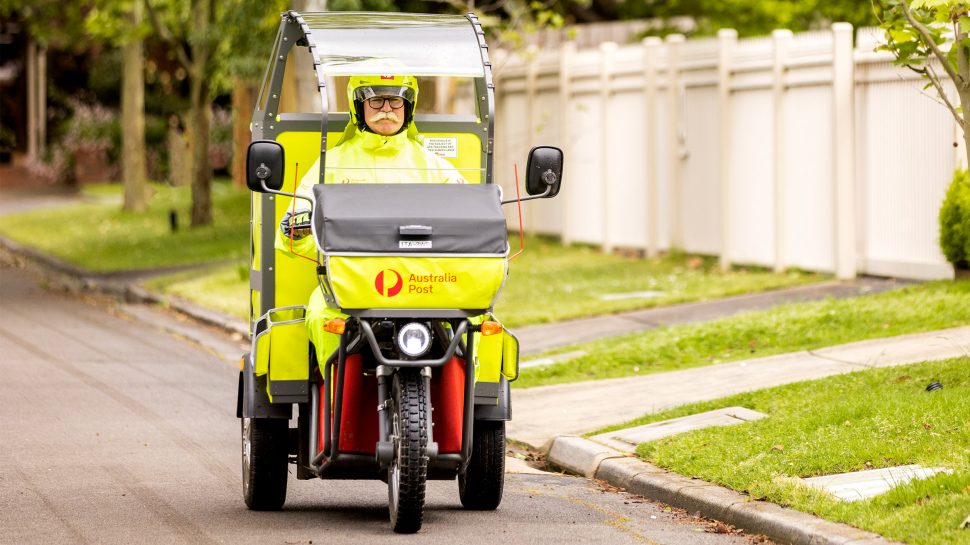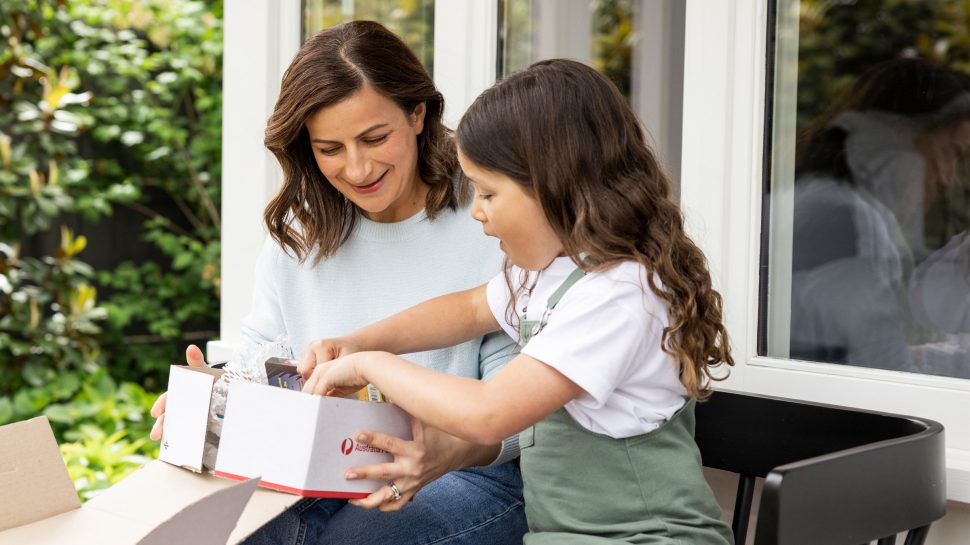
Ready, Set, Adventure
Ready, Set, Adventure
Get great value travel insurance and other trip essentials before you fly.

Ready, Set, Adventure
Get great value travel insurance and other trip essentials before you fly.
You can trust the AusPost app
Get legitimate notifications, and easily track and manage your deliveries.

Answering your top FAQs
Find answers to your most common questions on parcels, tracking, deliveries and collection.
Delivery information
Read about delivery disruptions and service updates, and get information to help you choose the best service for your postal needs.


With multiple delivery and payment options, our Online Shop makes buying a breeze.